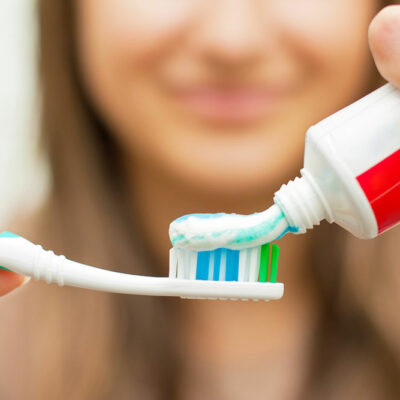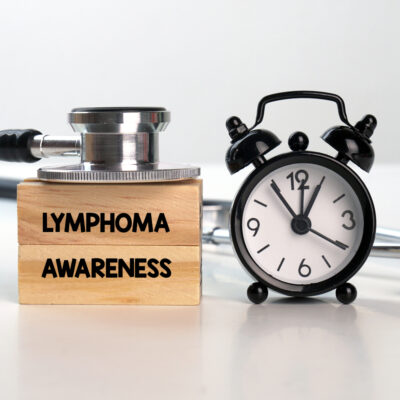
Dental Health
Here’s how teeth are whitened
The natural teeth get their color by the scattering and reflection of light off the enamel, which is the outermost layer of a tooth, in combination with the color of the dentin that lies under it. The genetic factor impacts the smoothness and thickness of the enamel. The thinner the enamel, the more will the color of the dentin shows through. Every day, a thin coating forms on the enamel and picks up stains which are then held in by the pores that are present on the enamel. Aging also results in darkening of teeth since the enamel gets thinner and the dentin becomes darker as one ages. There are two main types of whitening procedures available today: vital and non-vital. Let us study both of these methods in detail to understand them better. 1. Vital whitening Being the most common type of teeth whitening technique, this process involves the use of a gel which contains some form of hydrogen peroxide. This gel is directly applied onto the tooth surface. Whitening can be done both in a dentist’s office or at home. However, in-office whitening allows your dentist to make use of a more powerful whitening gel and a specialized light or laser technique that speeds up the process.
Read More 








